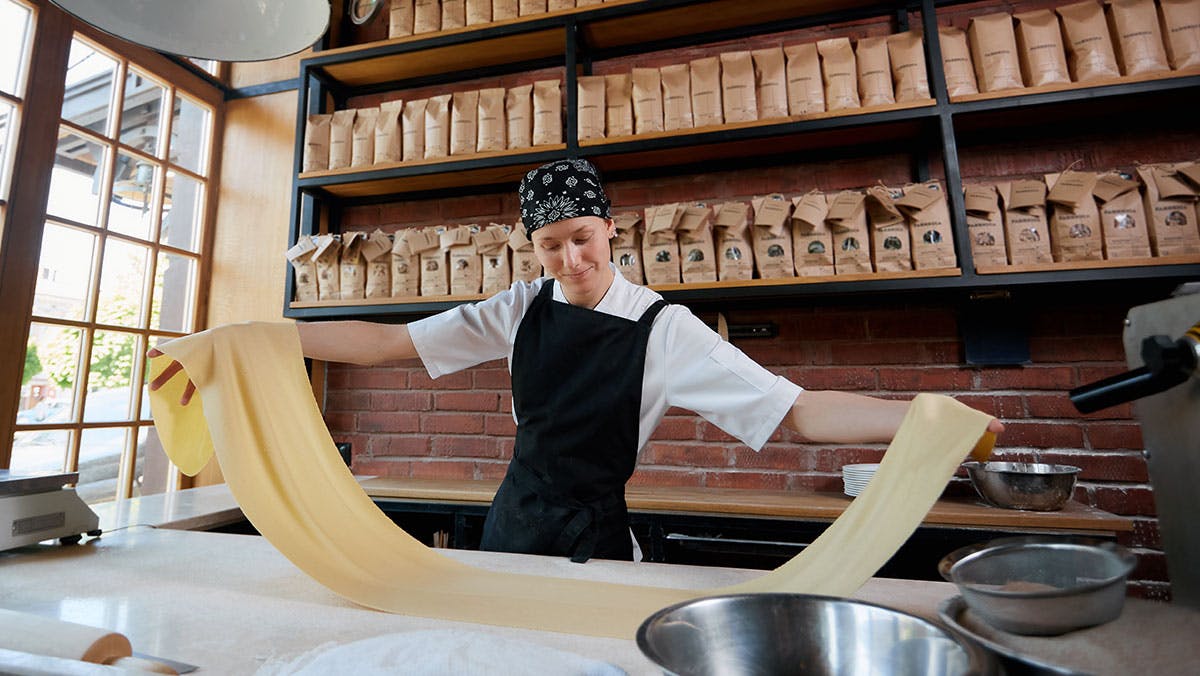What is HACCP?
‘HACCP’ stands for Hazard Analysis Critical Control Points, and is a food safety and risk assessment plan that was initially developed in the 1960s by NASA and a group of food safety specialists. These two groups came together to solve two critical problems facing NASA's crewed space missions: crumbs and disease-producing microorganisms (e.g. bacteria, viruses) or toxins.Today, HACCP principles form the basis of Food Safety Programs that are accepted worldwide. HACCP principles can be applied to processes throughout every stage of the food supply chain, including production, preparation, packaging and distribution, and are used to manage food safety across many different types of food businesses.
What are the 7 principles of HACCP?
HACCP outlines seven principles that are key to ensuring the safety of food. They are:Conduct a Hazard AnalysisThe initial process of identifying potential hazards that could occur in a food business
Identify Critical Control PointsA Critical Control Point (CCP) is a point in the food preparation process where hazards can be reduced, eliminated or prevented.
Establish Critical LimitsA critical limit is the maximum or minimum value to which a food safety hazard (biological, chemical or physical) must be controlled. Often critical limit guidelines are set by government regulators.
Monitor Critical Control PointsMonitoring each CCP is essential to make sure that hazards don’t go beyond the critical limits set. Generally, monitoring can be broken down into four different categories: observation, sensory, chemical and physical.
Establish Corrective ActionsIf a hazard exceeds its critical limit, a corrective action must be taken. Corrective actions are either immediate or preventative.
Establish Record KeepingComprehensive and up-to-date records must be kept of any hazard along with details of any corrective actions. These records are kept together in a living document called a Food Safety Plan which forms part of a Food Safety Program.
Establish Verification ProceduresVerification procedures can help determine if your HACCP Food Safety Program actually works to prevent the hazards identified. It is important to perform an audit of your Food Safety Program at least once a year to ensure that everything is working.
A HACCP Food Safety Program is a legal requirement
For most food businesses in Australia, having a Food Safety Program based on the 7 principles of HACCP is a legal requirement. Standard 3.2.1 of the Food Standards Code (‘the Code’) enables:“States and Territories to require food businesses to implement a food safety program based upon the HACCP concepts. The food safety program is to be implemented and reviewed by the food business, and is subject to periodic audit by a suitably qualified food safety auditor.”It's important that food businesses have a Food Safety Plan as part of their Food Safety Program. This includes documented evidence that all food preparation steps and activities have been identified. When an Environmental Health Officer (EHO) audits your food business, they will review your Food Safety Program and its records.
Protect your customers and your brand
With food poisoning incidents making front page news and horror stories exploding across social media, food safety is becoming increasingly more important. Not only is a HACCP Food Safety Program a legal requirement, but it can also protect your business from being the cause of a food-borne illness outbreak or causing severe allergic reactions from food allergens.Protect your customers and your business from a food safety incident and ensure your Food Safety Program is compliant with the AIFS HACCP Food Safety Plan Kit.


